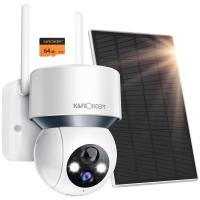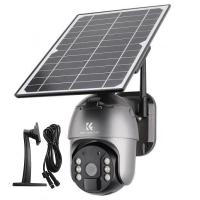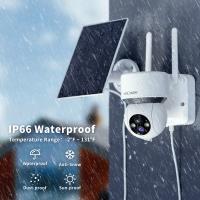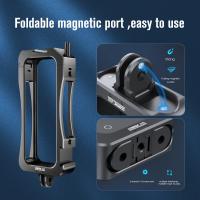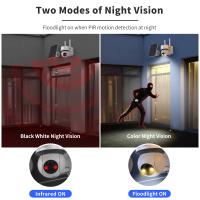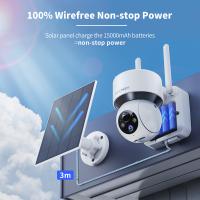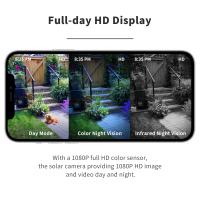How Much Is It To Install Solar Panels?
The cost of installing solar panels is a common question among homeowners and businesses looking to reduce their energy bills and carbon footprint. The price can vary significantly based on several factors, including the size of the system, the type of panels used, labor costs, and regional differences. In this article, we will delve into the various aspects that influence the cost of solar panel installation, provide a detailed breakdown of expenses, and offer practical advice for those considering making the switch to solar energy.
Understanding the Cost Components
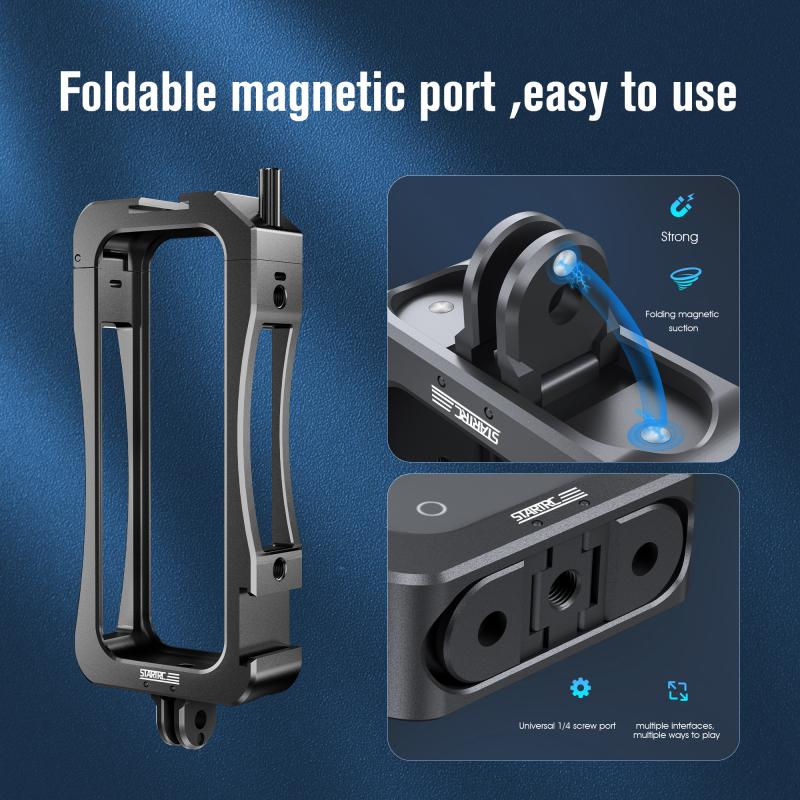
1. System Size and Energy Needs
The size of the solar panel system you need is directly related to your energy consumption. A larger system will generate more electricity but will also cost more to install. Typically, residential solar panel systems range from 3 kW to 10 kW. To determine the appropriate size, you should review your electricity bills to understand your average monthly energy usage.
2. Type of Solar Panels
There are different types of solar panels available, each with its own cost and efficiency levels. The most common types are:
- Monocrystalline Panels: These are the most efficient and expensive panels. They are made from a single crystal structure, which allows them to convert more sunlight into electricity.
- Polycrystalline Panels: These are less efficient than monocrystalline panels but are also less expensive. They are made from multiple crystal structures.
- Thin-Film Panels: These are the least efficient and least expensive. They are lightweight and flexible, making them suitable for certain applications where traditional panels might not be feasible.
3. Labor and Installation Costs
Labor costs can vary widely depending on your location and the complexity of the installation. In general, labor costs account for about 10-20% of the total installation cost. This includes the cost of hiring electricians, roofers, and other professionals needed to complete the installation.
4. Permits and Inspections
Before installing solar panels, you will need to obtain the necessary permits from your local government. The cost of permits can vary, but it typically ranges from $100 to $500. Additionally, your system will need to be inspected to ensure it meets local building codes and safety standards.
5. Inverter and Other Equipment
The inverter is a crucial component of a solar panel system, as it converts the direct current (DC) electricity generated by the panels into alternating current (AC) electricity that can be used in your home. The cost of an inverter can range from $1,000 to $3,000, depending on the type and size. Other equipment costs may include mounting hardware, wiring, and monitoring systems.
6. Tax Credits and Incentives
Many governments offer tax credits and incentives to encourage the adoption of solar energy. In the United States, for example, the federal solar tax credit allows you to deduct 26% of the cost of installing a solar energy system from your federal taxes. Additionally, some states and local governments offer additional incentives, which can significantly reduce the overall cost.
Average Cost Breakdown

To give you a better idea of what to expect, here is a rough breakdown of the average costs associated with installing a solar panel system:
- Solar Panels: $3,000 - $10,000
- Inverter: $1,000 - $3,000
- Mounting Hardware: $500 - $2,000
- Labor and Installation: $2,000 - $5,000
- Permits and Inspections: $100 - $500
- Miscellaneous Costs: $500 - $1,000
Based on these estimates, the total cost of installing a solar panel system can range from $7,100 to $21,500 before any tax credits or incentives.
Financing Options

If the upfront cost of installing solar panels seems daunting, there are several financing options available:
1. Solar Loans
Many financial institutions offer loans specifically for solar panel installations. These loans typically have lower interest rates than traditional loans and can be paid off over a period of 5 to 20 years.
2. Solar Leases and Power Purchase Agreements (PPAs)
With a solar lease, you pay a fixed monthly fee to use the solar panels, while with a PPA, you pay for the electricity generated by the panels at a predetermined rate. Both options allow you to install solar panels with little to no upfront cost, but you will not own the system.
3. Home Equity Loans
If you have equity in your home, you can use a home equity loan or line of credit to finance your solar panel installation. These loans often have lower interest rates and longer repayment terms.
Long-Term Savings

While the initial cost of installing solar panels can be significant, it is important to consider the long-term savings. Solar panels can significantly reduce or even eliminate your electricity bills, depending on the size of the system and your energy usage. Additionally, solar panels can increase the value of your home and provide protection against rising energy costs.
The cost of installing solar panels can vary widely based on several factors, including the size of the system, the type of panels used, labor costs, and regional differences. By understanding these cost components and exploring financing options, you can make an informed decision about whether solar energy is a viable option for you. With the potential for significant long-term savings and environmental benefits, investing in solar panels can be a smart choice for many homeowners and businesses.




